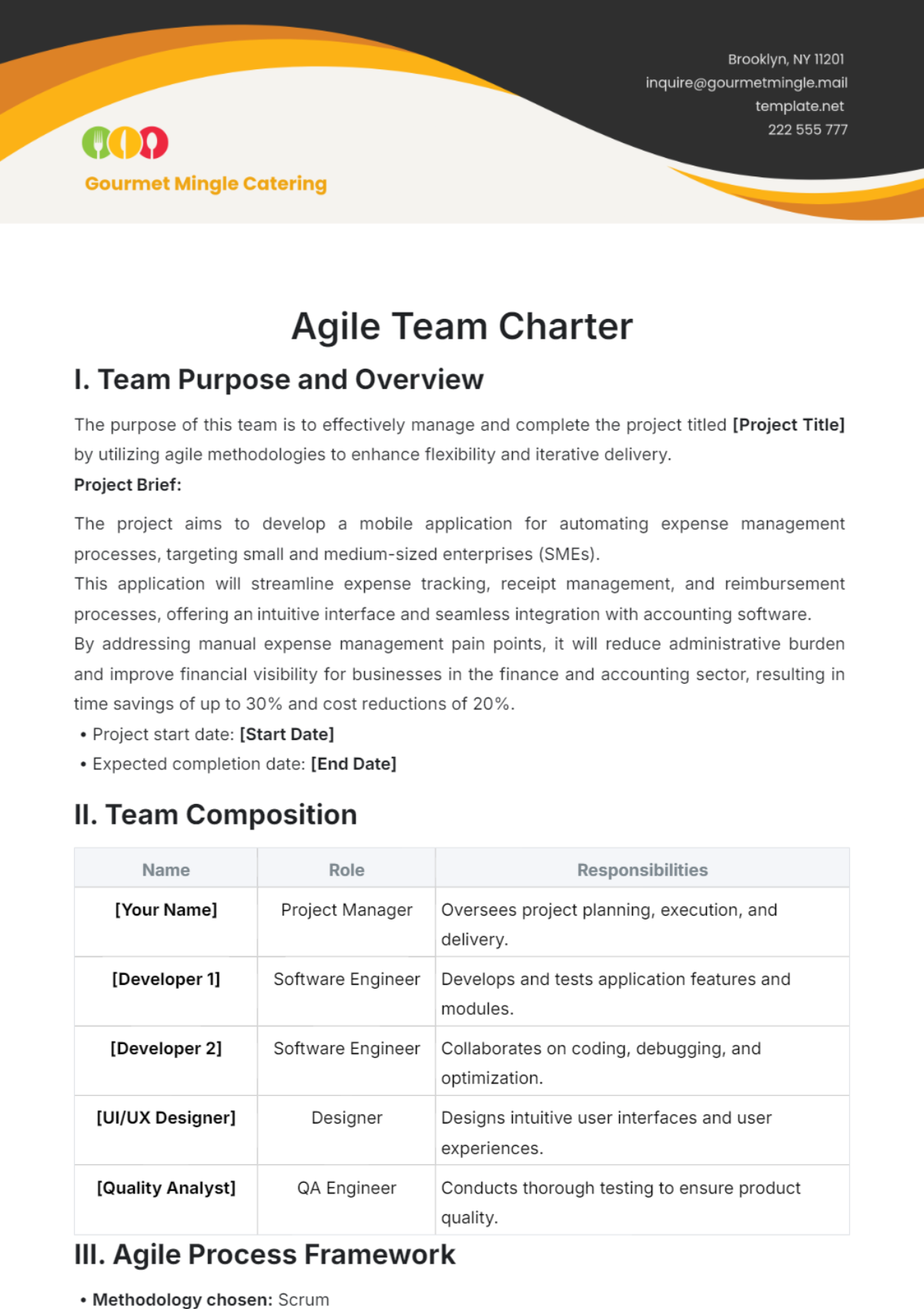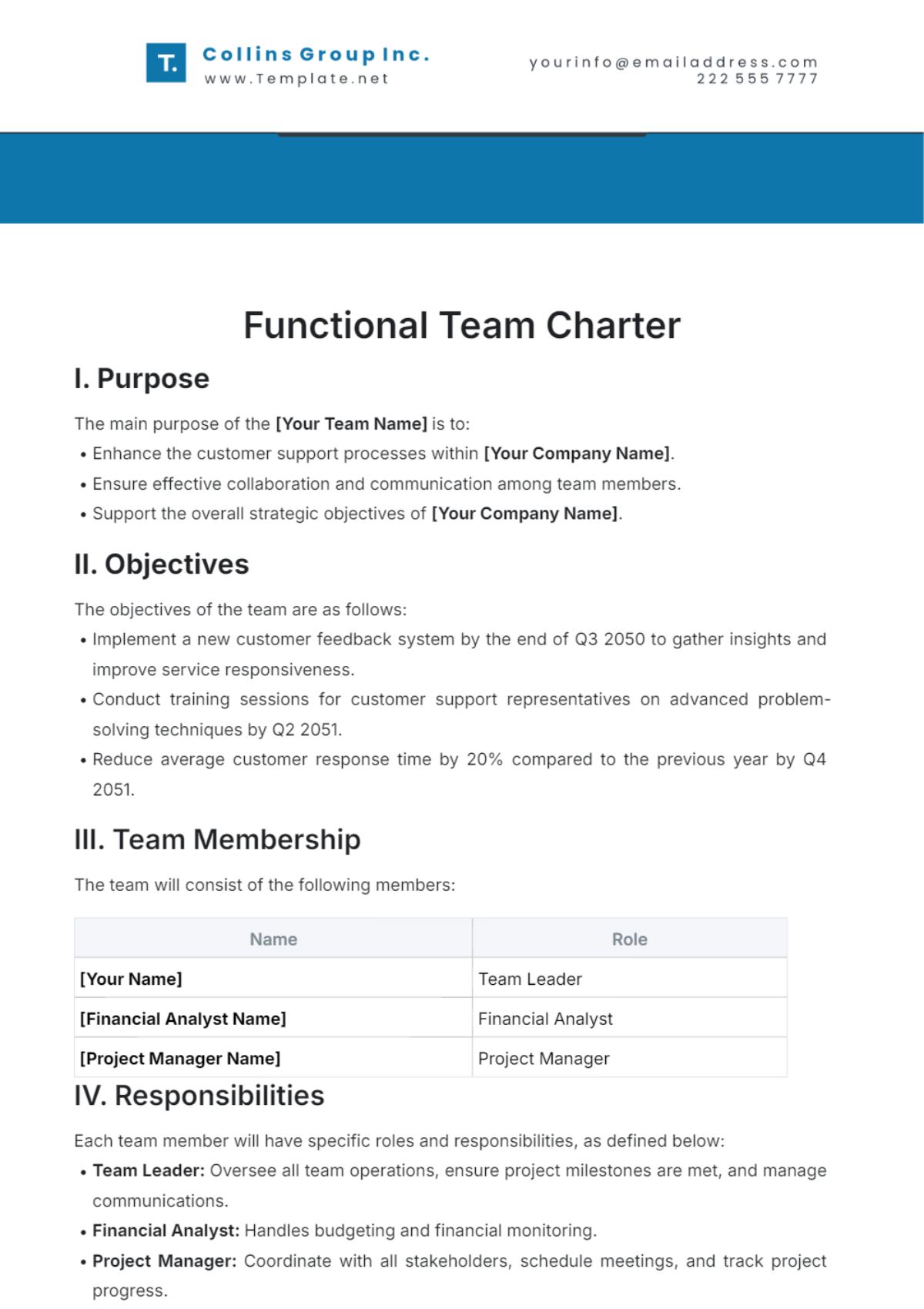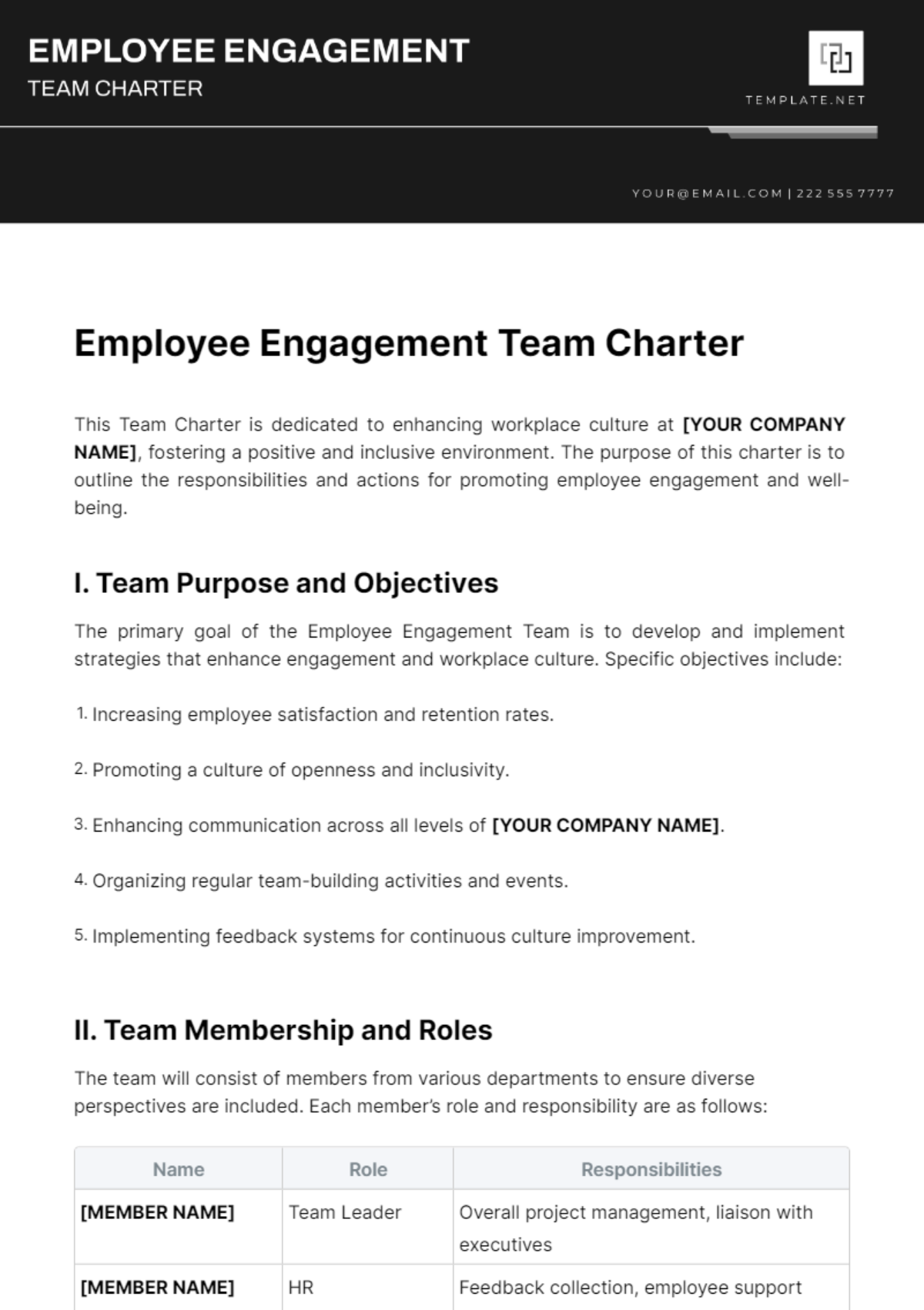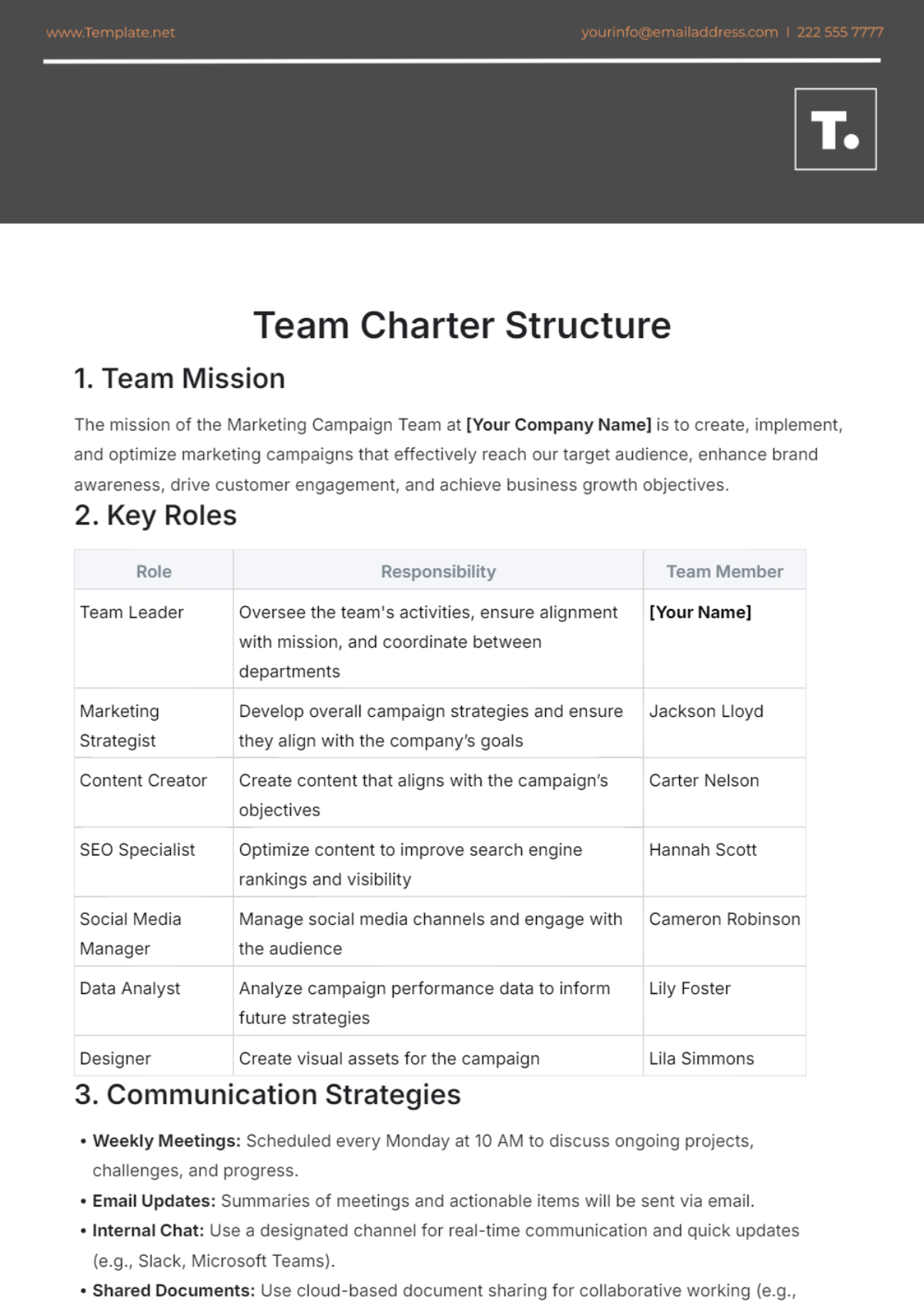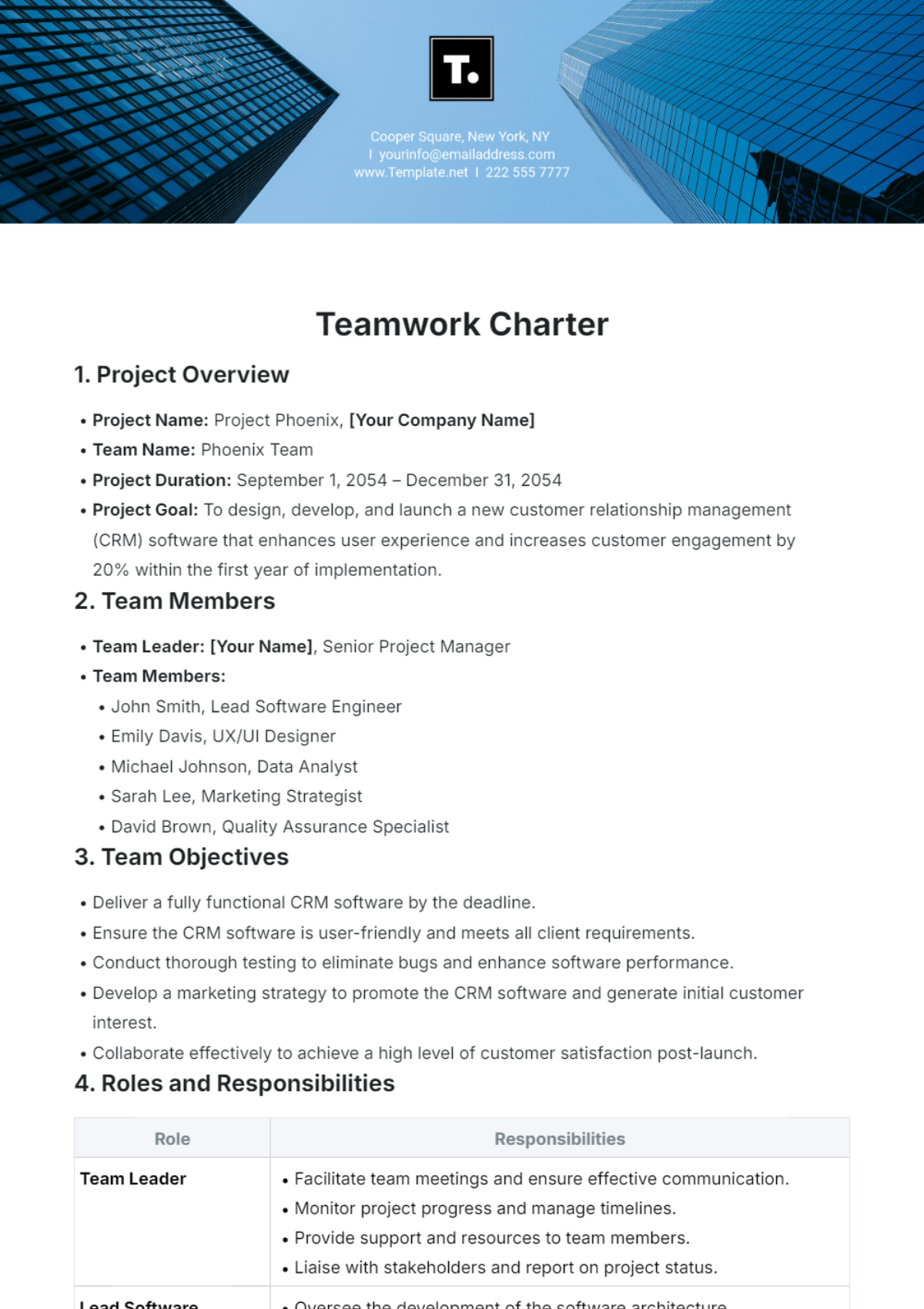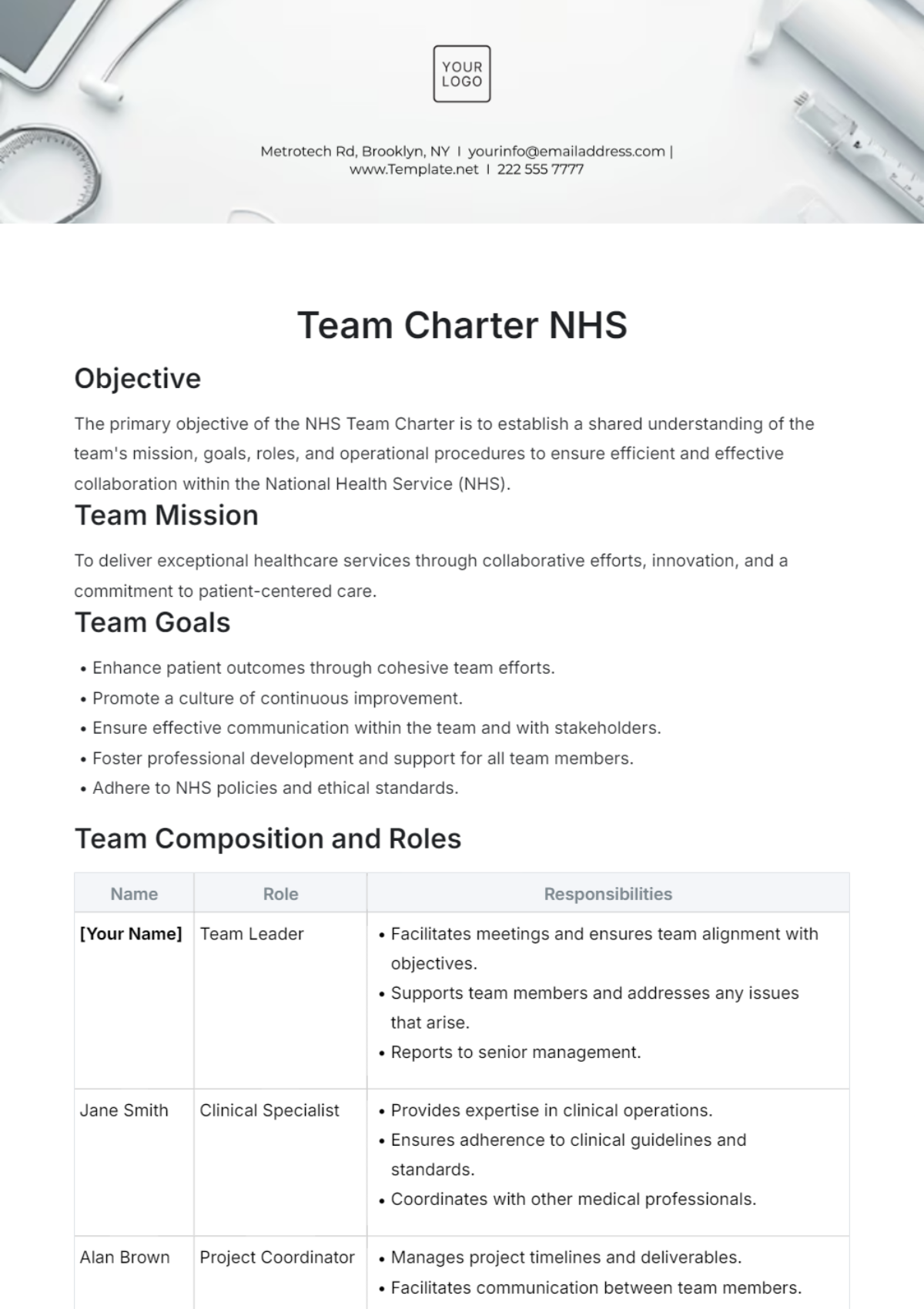Scrum Team Charter
I. Team Information
Scrum Team Name: BoldTech Innovators
Team Members:
Scrum Master: [Your Name]
Product Owner: [Team Member 2]
Development Team:
[Team Member 3]
[Team Member 4]
[Team Member 5]
II. Project Overview
Project Name: The enhancement of the BoldTask Project Management Tool can be better expressed as an improvement or augmentation of the project management tool offered by BoldTask, which is intended to optimize its performance and overall functionality.
Project Objective: The objective is to develop and incorporate new features into the BoldTask project management tool, while simultaneously working on the improvement of the overall user experience to make the tool more efficient and user-friendly for the client base.
III. Roles and Responsibilities
3.1 Scrum Roles
Scrum Master:
Facilitates Scrum events such as daily standups, sprint planning, reviews, and retrospectives.
Removes impediments and ensures the team adheres to Scrum practices.
Collaborates with the Product Owner and team to maintain a healthy work environment.
Product Owner
Represents stakeholders and communicates their priorities to the team.
Manages the product backlog, prioritizes user stories, and accepts deliverables.
Ensures the team delivers value to customers and stakeholders.
Development Team:
[Team Member 3]: Frontend Developer
[Team Member 4]: Backend Developer
Alex Rodriguez: UX/UI Designer
Responsibilities include coding, testing, designing, and delivering increments during sprints.
3.2 Additional Roles (if applicable)
QA Tester: The individual carries out testing activities, ensures that the quality of the product is maintained, and is responsible for reporting any defects that may occur.
Technical Writer: The person is responsible for the creation and maintenance of project documentation, as well as the preparation of user guides and the drafting of release notes.
IV. Sprint Details
4.1 Sprint Goals
Implement features that will allow user authentication, as well as implement basic features that will facilitate the management of tasks.
Develop and improve the notifications regarding tasks and also strengthen the reporting abilities.
Implement functionality of the Kanban board and incorporate a system that allows for user feedback.
4.2 Sprint Duration
Sprint Length: 2 weeks
Sprint Start Date: April 1, 2050
Sprint End Date: April 14, 2050
V. Communication Protocols
Daily Standups: The meeting will take place at 9:00 in the morning through the online platform, Zoom.
Sprint Planning Meetings: Every second week on Mondays at exactly 10 a.m.
Review and Retrospective: The conclusion of each sprint will take place on Fridays at 3:00 PM.
Communication Tools: Slack for daily updates, Jira for task tracking, and email for official communications.
VI. Team Norms and Guidelines
Decision-Making Process: A unanimous agreement is sought among members of the team, however, in situations where it is necessary, issues may be escalated to be addressed directly by the Product Owner or Scrum Master.
Conflict Resolution: Engaging in open discussions, actively seeking common ground through dialogue and compromise, and if necessary, involving the Scrum Master as a mediator for resolving conflicts or disagreements.
Working Hours: Our working hours are from 9:00 in the morning until 5:00 in the afternoon, spanning from Monday until Friday. However, we do offer flexibility in these hours for those who are working remotely and may need to adjust their schedules as necessary.
Vacation and Leave: Ensure that you notify the Scrum Master and other team members well in advance about your upcoming absence. Make sure that all your tasks are updated on Jira. Also, establish a plan to ensure that there is somebody to cover for your duties during your time of being away.
VII. Metrics and Reporting
Key Performance Indicators (KPIs):
Sprint Velocity
User Story Completion Rate
Defect Resolution Time
Reporting Frequency: Progress reports, which are shared weekly during sprint review meetings, provide an overview of the team's accomplishments and challenges within that period.
Metrics Review: The Scrum Master, together with the Product Owner, routinely scrutinizes a range of metrics and data to aid in the formulation of future sprints, as well as persistently refine and enhance their existing methods and procedures through comprehensive and ongoing reviews of indicators.
VIII. Stakeholder Engagement
Stakeholder Communication Plan: Updates are sent out every month through email, and demonstrations are conducted every quarter to showcase any new features.
Feedback Mechanisms: Feedback gathering involves numerous strategies like surveying for user critiques, conversing with customer service for consumer observations, and having meetings with vested stakeholders.
